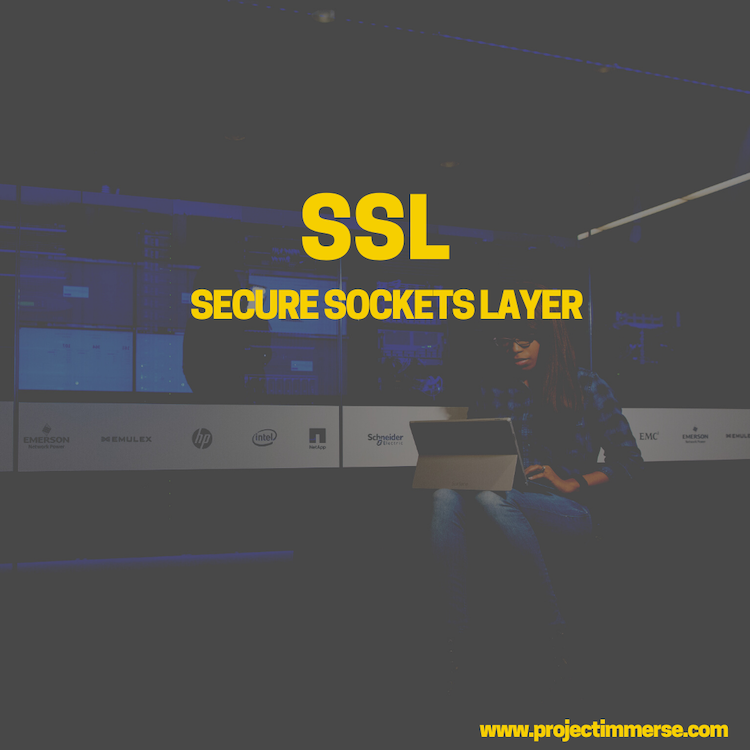Sockets. Let’s first get that out of the way. We can at least understand what “Secure” and “Layer” means. Not that the concept of sockets should overshadow it’s phrase constituents but it’s important to get a basic understanding of what’s really going on under the hood.
SSL encryption has been around for a very long time, besides having a fast site, security is a necessary feature every site must have. What good is a fast site if it’s hacked, even worse exposing your visitors to malicious content can have a permanent effect. Everything is in jeopardy – you’re business, your branding, your future. So what to do –
Solution – Install SSL
Keep in mind this a broad general overview, an entire book can be written on just SSL alone. Here I will provide a basic understanding – get our feet wet a bit.SSL – Secure Sockets Layer
Yeah, that’s what the acronyms in SSL stand for. What you want to do and probably the easiest is to check with your hosting provider – see if they offer SSL. Almost every hosting plan has this available and it’s worth looking into. Once you’ve sorted this out – it’s time to install it.
SSL (Secure Sockets Layer) is the standard security technology for establishing an encrypted link between a web server and a browser. – WikipediaFurthermore, SSL has a definition in which to describe both SSL and TLS.
SSL (Secure Sockets Layer) and it’s successor TLS (Transport Layer Security) are methods used to secure and encrypt sensitive information like credit cards, usernames, passwords, and other private data sent over the Internet. Website pages secured with SSL and TLS are those branded with the HTTPS in their URL address. – https://www.ssl.com/
How SSL works
SSL is best described as a handshake between a web server and a browser – basically between a server and a client.
- Computers agree on how to encrypt
- Server sends certificate
- Your computer starts encrypting
- The server starts encrypting
- All messages are now encrypted
Alright, once you have SSL installed your site URL will have transformed into “https” from what was previously “http”. The “s” indicates that the site is now using a secure sockets layer to encrypt the data being transmitted between your computer and the remote server where it requests from.
Stay tuned for future posts covering SSL, I will covering this more in detail so please come back and visit! Cheers!
